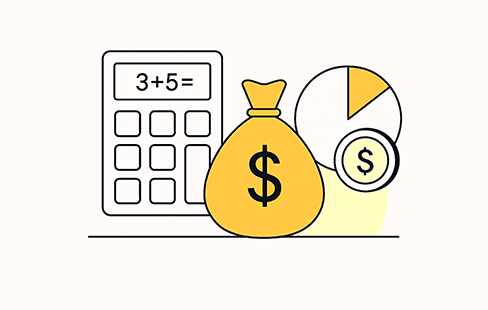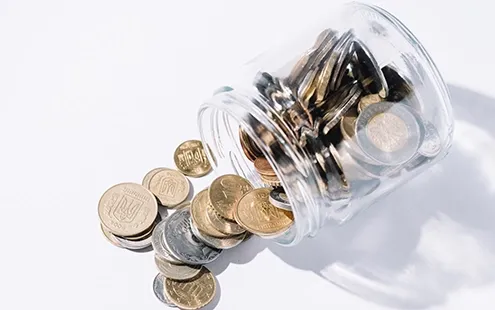Contents.
What is NFC: basic principles of the technology
The principle of operation is based on electromagnetic induction. One device acts as a signal transmitter and the other as a receiver. NFC is a convenient solution for a number of reasons:
- Security - a short range of operation reduces the risk of data being read by unauthorised persons;
- Availability - this option is integrated into many smartphones;
- Functionality – NFC can be used for identification, data transfer, and contactless payments.
Thanks to its versatility, NFC is widely adopted across different industries. Its use is relevant for everyday payments, quick contact exchange, cargo tracking through NFC tags, and data protection with electronic keys.
How NFC works
The devices exchange data using radio waves. This process takes only seconds: a connection is established and information is transferred using standardised protocols. Once the data exchange is complete, the connection between the devices is broken, which prevents unwanted interference.
How to set up NFC payment on your phone
An electronic wallet is a convenient and modern alternative to a physical one. To start using it, you should learn how to connect your card to NFC:
- Enable the NFC module in your smartphone settings.
- Choose a payment application: Google Pay or Apple Pay and follow the instructions to link your bank card.
- Confirm the request in the online banking application or via SMS.
To make payment by phone comfortable, you should immediately select the default card. It will only take a few minutes to set up, and you will always have a convenient tool for everyday payments at your fingertips.
How to pay by phone
The process is simple and intuitive, you just need to activate NFC in the settings. Go to the ‘Connections’ or ‘Wireless’ section in your smartphone's settings, find the NFC option and enable it. In most smartphones, the function can be switched on or off in the top menu bar.
Step-by-step instructions for paying with NFC:
- Unlock your device using your PIN, fingerprint or Face ID. For security reasons, payment is not available when the screen is locked.
- Bring the device to the terminal. Thanks to NFC, payment by phone is made automatically as soon as the distance between the signal source and the receiver is no more than 10 cm.
- The screen will display a message - a green tick or the inscription ‘Done’, indicating that the payment was successful.
You do not need Wi-Fi access or mobile internet when using NFC. To understand how it works, just try it once in practice. And the best part is that the e-wallet is always at hand, as it can be connected not only to your phone but also to your smartwatch.
Advantages and disadvantages of NFC for cardholders
By abandoning traditional plastic cards and cash, you ensure reliable protection of your funds while maintaining access to them at any time. That is why contactless payments have become an integral part of everyday life. In order to understand NFC: what it is and appreciate its benefits, it is important to consider the key advantages that come with switching to this convenient payment method:
- Security – one-time tokens are used, and account data is not transmitted to the terminal;
- Speed – transactions take just a few seconds;
- Flexibility – you can add several cards to one wallet application and use them depending on the situation.
The disadvantages include dependence on the battery: if the smartphone runs out of power, you won't be able to pay for your purchases. In addition, there is a risk of technical failures that may occur due to a malfunction of one of the devices. Nevertheless, phone payments remain fast and convenient.
An e-wallet is a modern and secure way to access your accounts. Add your GlobusPlus card to Google Pay or Apple Pay and make contactless payments at any time.






